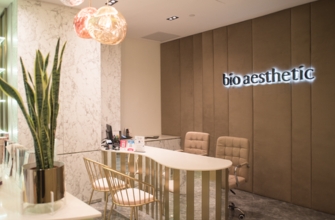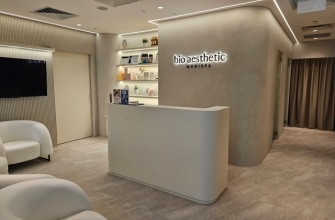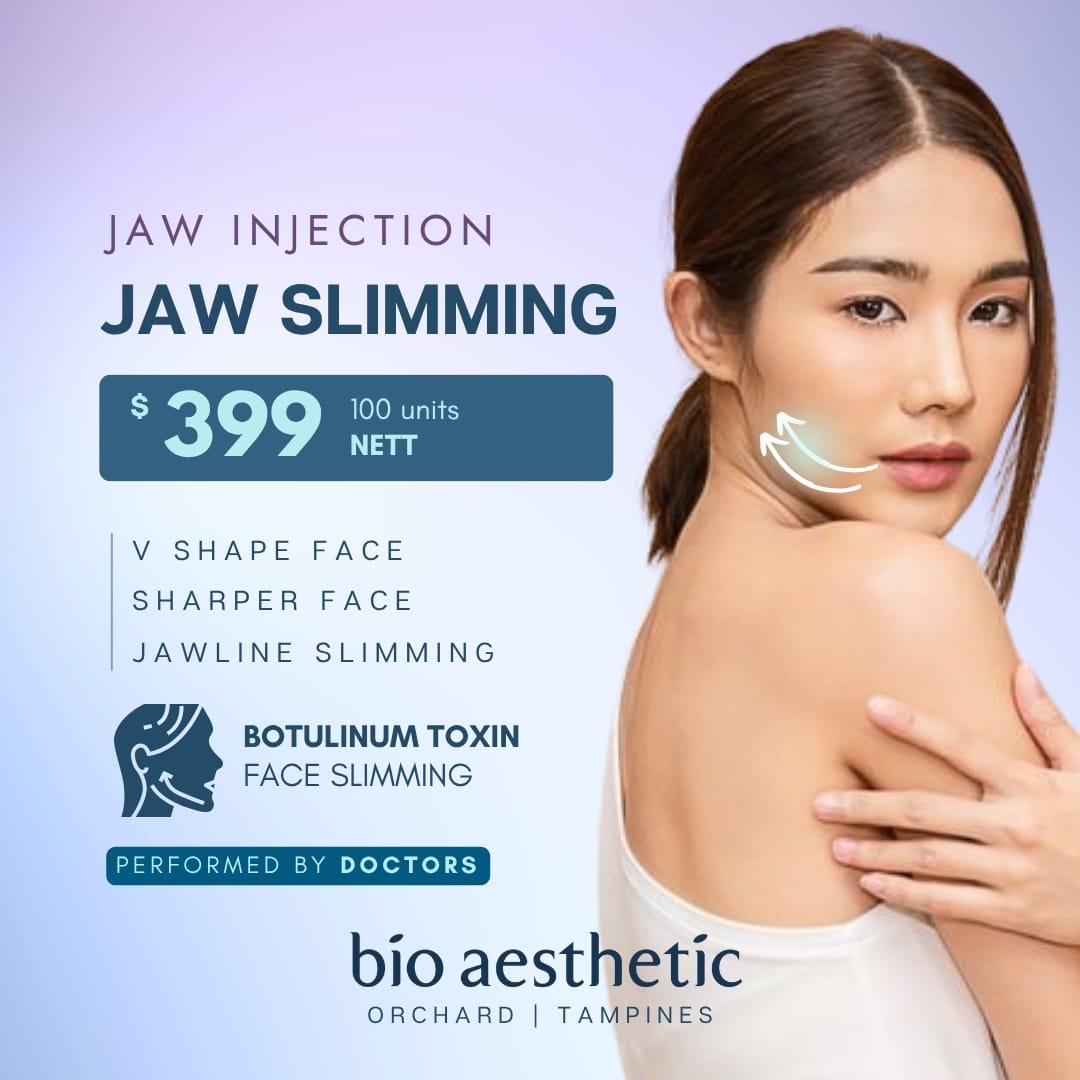Acne scars can be a persistent reminder of acne battles, affecting not just the skin but also self-esteem.
Laser treatment is a key option for changing the texture and colour of acne scars.
This page explains how fractional CO₂ laser and Pico lasers compare, who they suit, typical sessions & downtime, and cost factors.
For the full multi‑modality plan and official “from” prices, see Acne Scar Treatment (Singapore).
Understanding Laser Treatment for Acne Scars
Laser treatment involves using focused light to target and remodel scarred skin tissue, promoting collagen regeneration and reducing scar appearance.
This treatment is particularly beneficial for those seeking a non-invasive solution to improve skin appearance with minimal downtime.
The precision of laser therapy can treat acne scars without damaging surrounding tissue, making it an ideal solution for various types of acne scars, including ice pick, rolling, and boxcar scars.
What kind of scars are suitable for laser treatment?

Laser treatment is renowned for its versatility and efficacy in addressing various types of scars, making it an ideal choice for individuals looking to diminish the appearance of acne scars, surgical scars, and traumatic injury scars.
Specifically tailored for acne scar removal, laser therapy excels in treating atrophic scars, such as ice pick, boxcar, and rolling scars, which are characterised by their indented appearance on the skin.
The Latest Advancements in Singapore
Singapore’s dermatological clinics are equipped with state-of-the-art laser technologies, including:
- Fractional CO2 Laser: This ablative laser creates micro-wounds in the skin, stimulating collagen production and leading to smoother skin texture. It’s particularly effective for deep scars and offers noticeable improvements in a few sessions.
- PicoSure Laser: A non-ablative laser that delivers ultra-short pulses, breaking down scar tissue and promoting collagen without extensive downtime. Suitable for all skin types, it’s a versatile choice for those seeking minimal discomfort and recovery time.
CO₂ vs Pico — Which laser fits which concern?
Fractional CO₂ vs Pico — Practical Differences
| Laser type |
Best for |
Typical sessions |
Downtime (typical) |
Pros |
Considerations |
| Fractional CO₂ |
Atrophic texture (rolling/boxcar; some ice pick) |
3–6 |
~3–7 days |
Stronger texture change; depth‑targeted columns |
More downtime; may need staging with other modalities |
| Pico |
PIH/marks; mild texture |
4–8 |
~0–2 days |
Gentler recovery; colour improvement |
Texture change is typically subtler vs CO₂ |
Your doctor will confirm suitability after assessment. Mixed scars are common; combination therapy is typical.
Want to compare all acne‑scar options (subcision, RF microneedling, TCA CROSS, PN)? See our complete guide
Who is laser suitable for?
- Patients with atrophic scars seeking texture improvement (CO₂) or mark/colour improvement (Pico).
- Those who can accept the recommended downtime and follow aftercare.
Who might consider alternatives or combination plans?
Sessions, Spacing & Recovery
Laser Acne Scar Treatment — Typical Planning
| Treatment |
Typical sessions |
Spacing |
Downtime band |
Notes |
| Fractional CO₂ |
3–6 |
~4–6 weeks |
~3–7 days |
Often paired with subcision or TCA CROSS for mixed scars |
| Pico |
4–8 |
~2–4 weeks |
~0–2 days |
Helps PIH/marks and mild texture; lower surface downtime |
Aftercare (including sun protection) is important to reduce PIH risk and support results.
Cost Factors (Laser‑Only) & Where to See Prices
Per-session ballpark: Many clinics quote roughly S$300–S$500 per session for laser-based acne scar treatments, depending on area size, settings, and consumables. Plans are personalised after the assessment.
What typically influences laser session fees
| Driver |
Examples |
| Area & complexity |
Treatment area size; mixed scars needing staged passes |
| Device & settings |
Energy level, density, number of passes |
| Consumables & add‑ons |
Topical/injected anaesthesia, post‑care products |
For our official “from” prices by treatment (including non‑laser options), see Acne Scar Treatment — Prices.
When we combine laser with other treatments
Most patients have mixed scar types, so a combination plan is common. Examples include:
Compare all modalities, downtime and official prices on our Acne Scar Treatment page.
Laser FAQ (quick answers)
Can lasers remove acne scars completely?
Laser acne scar treatment can improve texture and colour, but it does not guarantee 100% removal. Outcomes vary by scar type and plan.
Is CO₂ always better than Pico for scars?
Not always. CO₂ tends to do more for texture; Pico helps marks and mild texture with gentler recovery. Your plan is personalised.
Do I need to treat active acne first?
Yes. Stabilising active acne reduces new scars and supports better outcomes.
Last updated: September 2025. Content is doctor‑reviewed and general in nature; an in‑person assessment confirms suitability.






